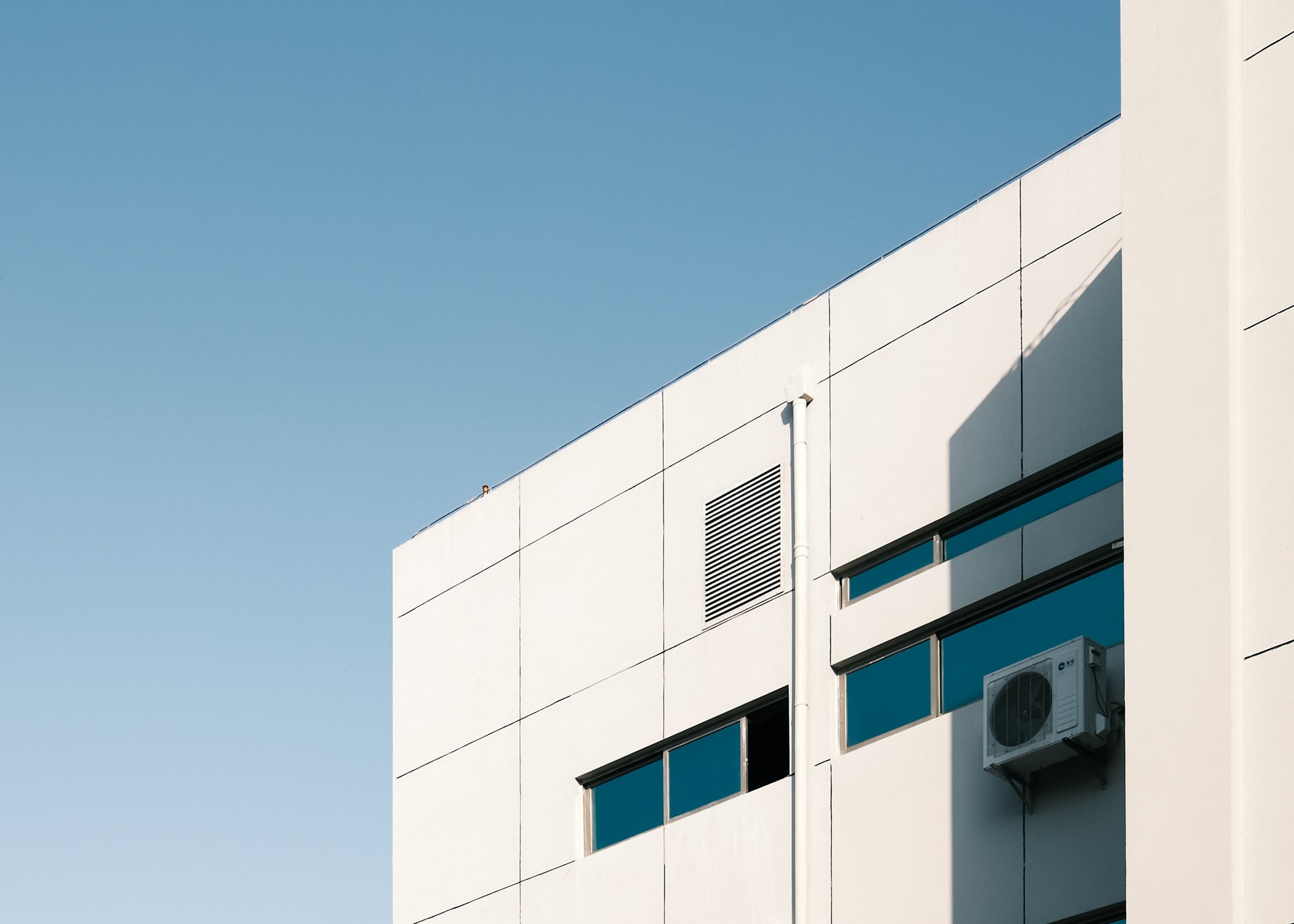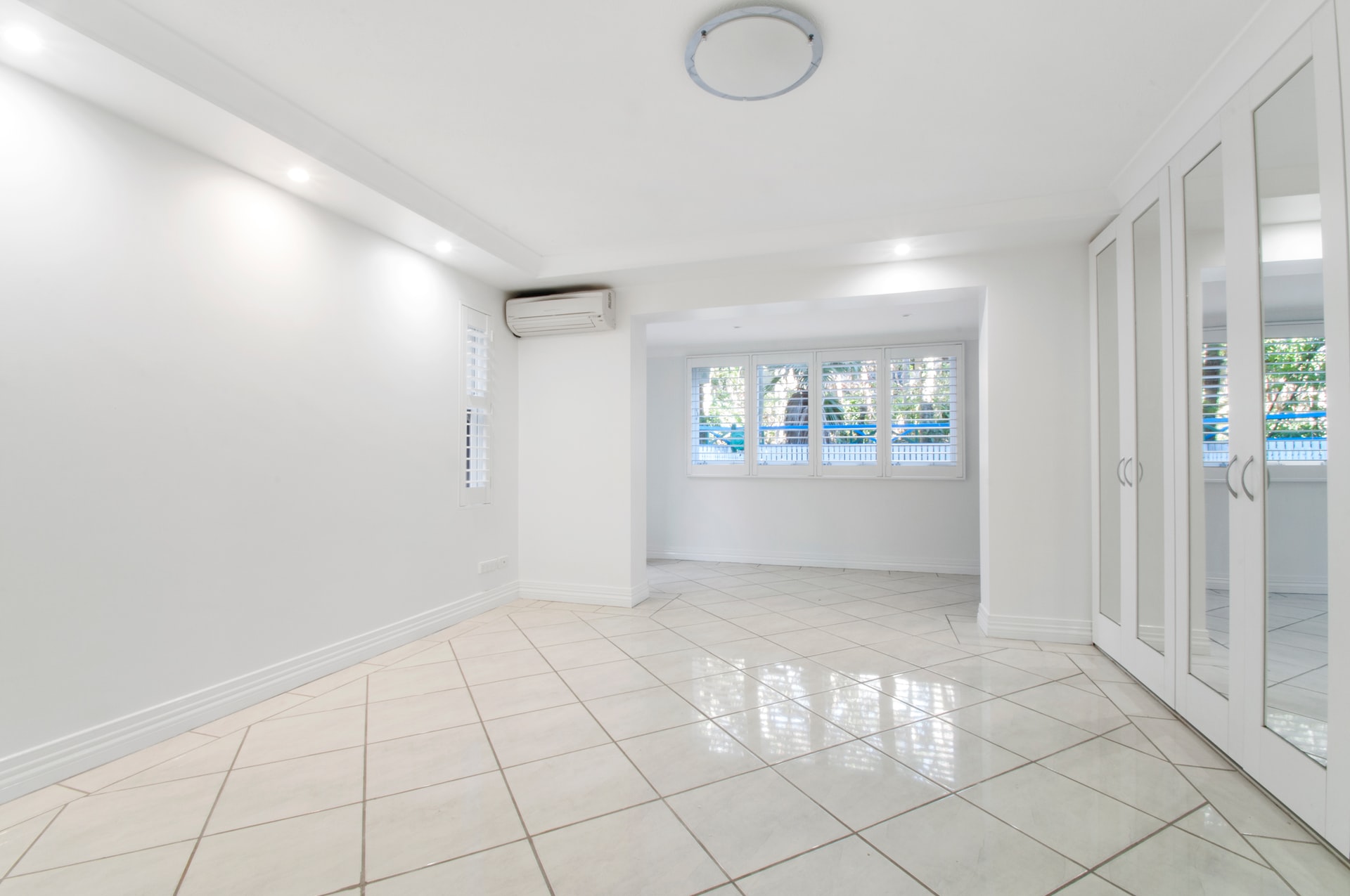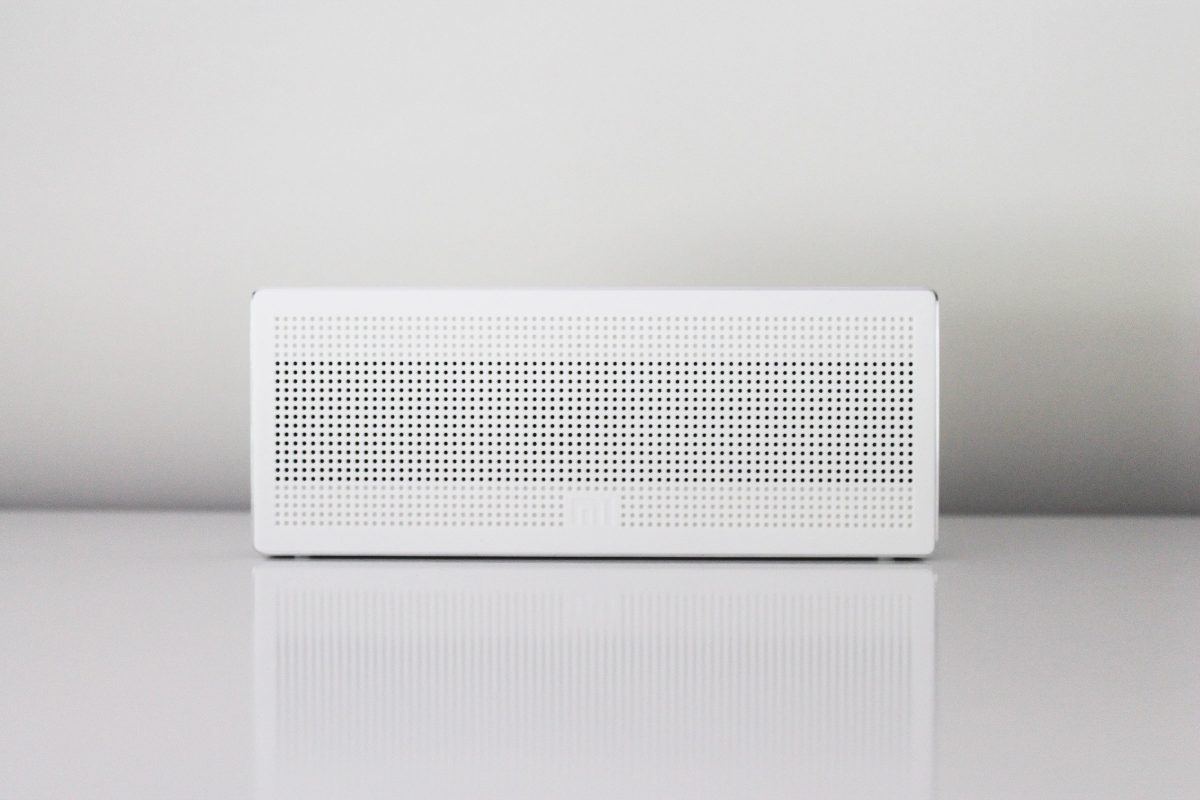Whether it is during the hot or cold season, air conditioning is the best ally for comfort, thanks to its versatility. Indeed, this kind of device allows both cooling and heating according to the needs. The air conditioner is a system that can be solicited all year round, thus causing faster wear and tear than a simple non-reversible device.
Therefore, it is wise to know what to do in case of breakdown and prevent possible malfunctions.
Checking the unit

If you think your air conditioner is faulty, before proceeding with a thorough check, you should take a series of safety measures:
Turn off the power and unplug the equipment to avoid damage.
Do not get the indoor or outdoor unit wet when cleaning. A damp cloth is sufficient.
To be more precise, it is recommended to use a soft dry cloth or one slightly moistened with water when cleaning the teams.
The main breakdowns encountered.
An air conditioner without proper maintenance can generate long-term problems that you cannot always solve without professional help.
In order to at least locate where the problem may be coming from, here is a list of the most common breakdowns:
- The noise of water flows during operation.
- The compressor is not heating, which means the air conditioner produces more cold air.
- Due to a bad connection or a burnt-out element, the unit will not turn on.
- The compressor does not start, characterized by no sound.
- Improper electrical connections are usually due to power problems such as a cable not fitting correctly into Low voltage or incorrect voltage at the electrical connection.
- Water is dripping from the front panel.
- Defective thermostat or temperature sensor.
- Instantaneous gas in the liquid line.
- Inadequate pipe design, especially in the case of high vertical height.
- The unit frequently turns on and off by itself.
- Moisture in the system.
- Power element failure or pressure drop.
- Low condensing pressure that occurs when the pressure control system is defective or improperly adjusted.
- Refrigerant or oil overcharge.
- Excessive oil build-up in the evaporator.
All of these problems can occur when the unit is not serviced properly.
The main solutions
Although it is not advisable to handle the air conditioning system yourself, it is necessary to know the solutions to undertake in case of breakdowns.
1. Decrease in gas level
If the gas inside the unit runs out and there is no leakage, simply recharge it. If there is a leak, it is best to call a professional to repair it.
2. Flow noise during start-up
The compressor or evaporator usually causes the noise. However, this does not really mean that the equipment has a defect; it may also be because you made a wrong choice by buying a model that is not quiet.
3. Device that does not turn on
The checks to be carried out are:
- The electrical connection.
- The connection of the hoses.
- The operation of the protection circuit.
- The voltage of the unit.
4. Compressor does not start
Check that the unit is connected to the correct voltage and the wiring condition. Also, check the thermostat and defrost timer. Also, check the nanometric pressures.
5. Wet front panel

When you see water dripping on the front panel, proceed to correct the unit’s position so that it tilts slightly downward on the outside. This way, you get the water flowing in the right direction.
Sound off in the comments section below and tell us what you want to read next.

